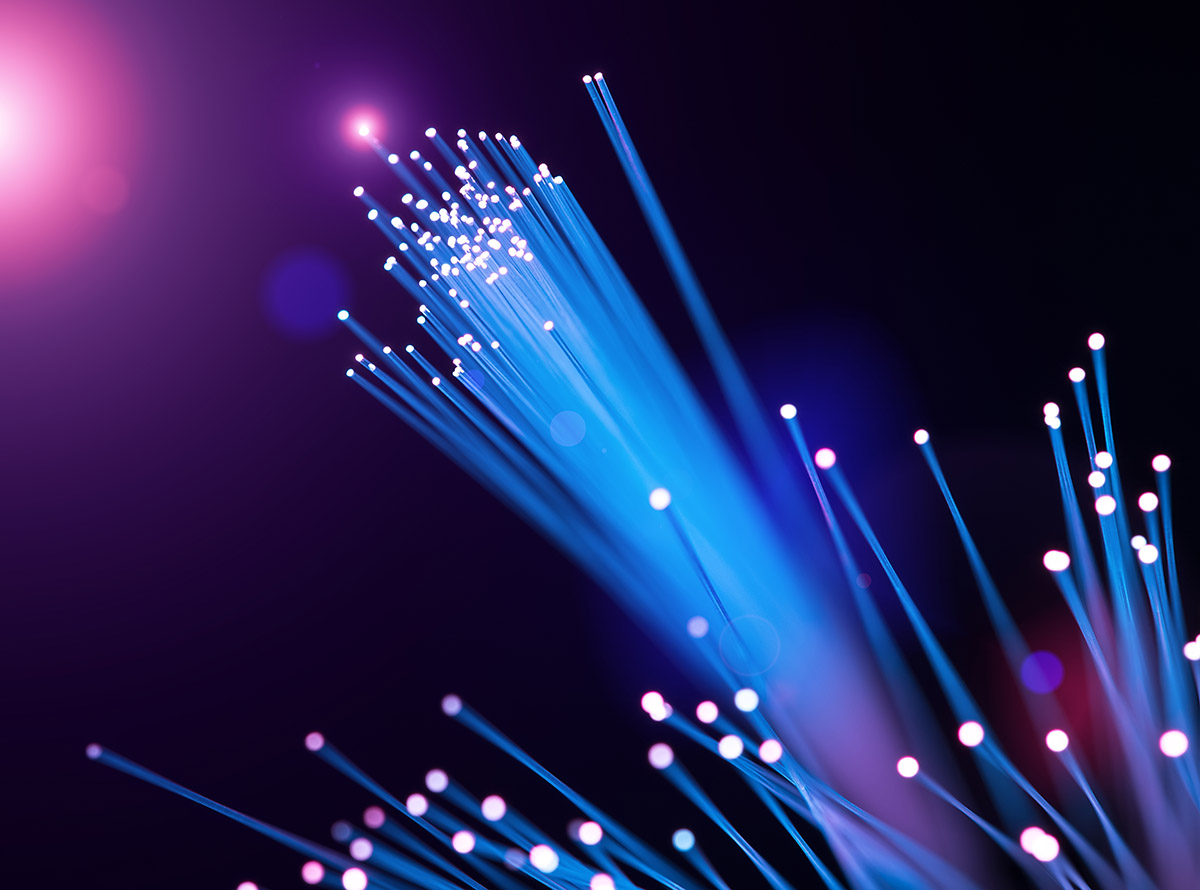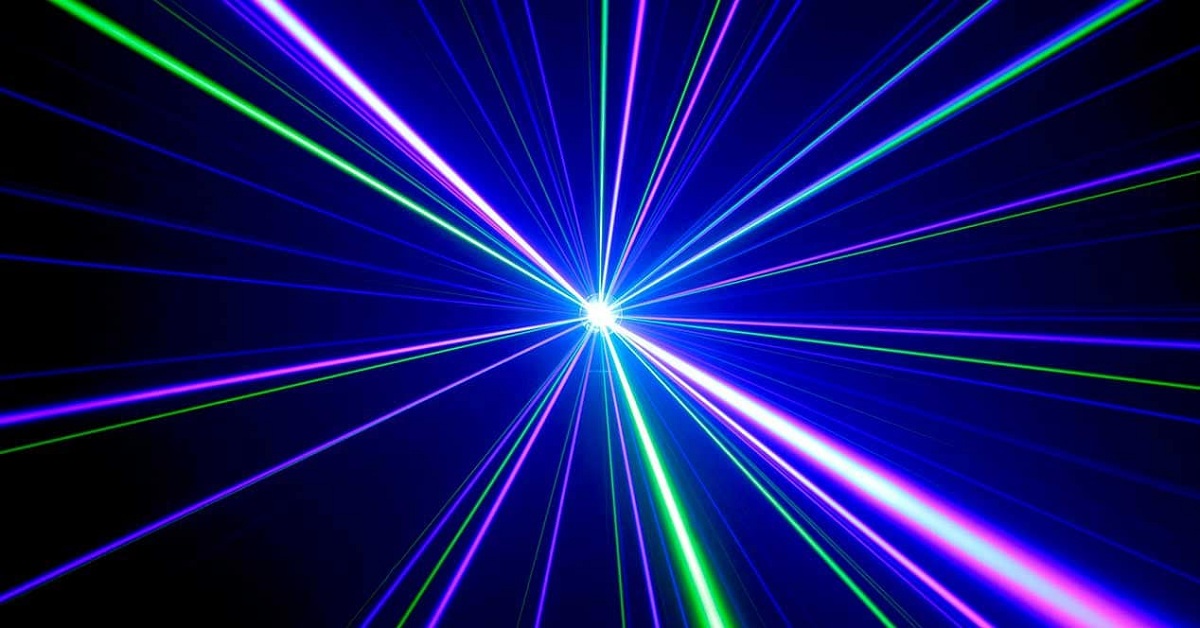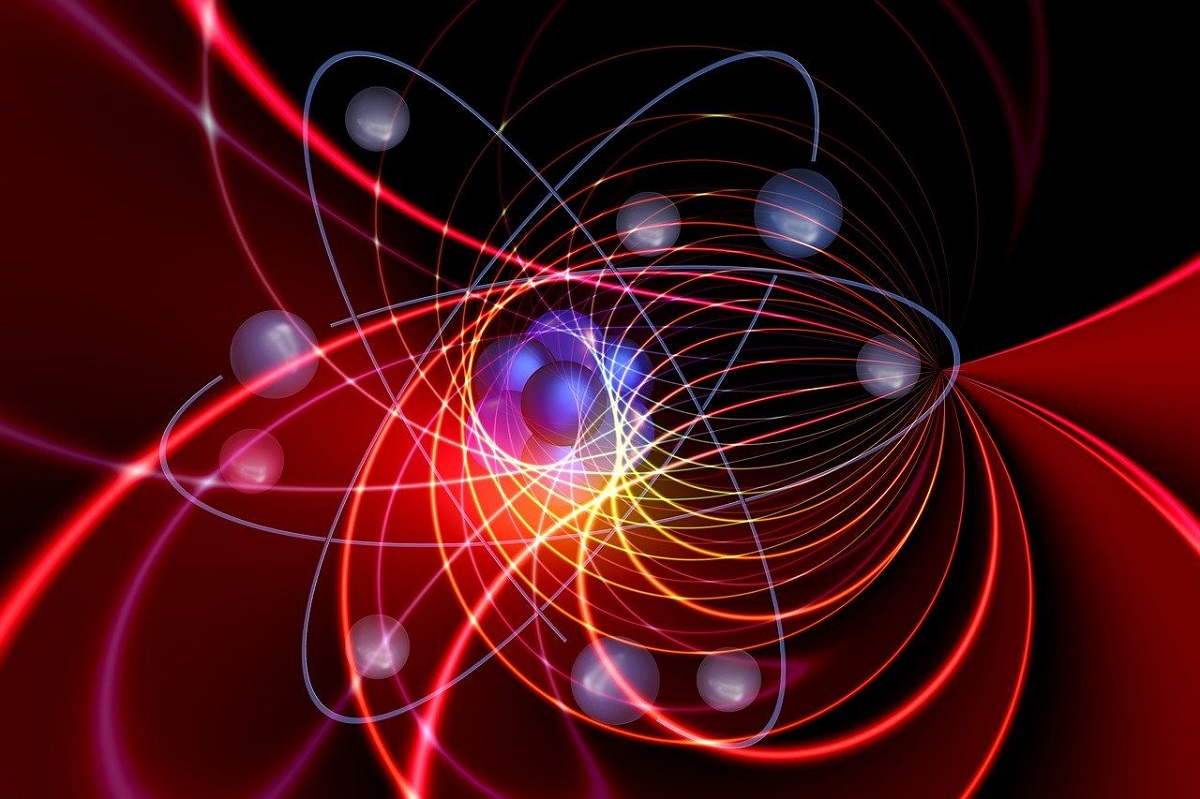
La photonics is the science and technology of generating, controlling, and detecting photons, which are particles of light. Photonics underpins the technologies of everyday life, from smartphones to laptops, the Internet, medical instruments, and lighting technology. The XNUMXst century will depend as much on photonics as the XNUMXth century on electronics.
In this article we are going to tell you everything you need to know about photonics, its characteristics and importance.
what is photonics

Photonics is the science of light. It is the technology of generation, control and detection of light waves and photons, which are light particles. The properties of waves and photons can be used to explore the universe, treat diseases and even solve crimes. Scientists have been studying light for hundreds of years. The colors of the rainbow are only a small part of the entire range of light waves, called the electromagnetic spectrum. Photonics explores a broader range of wavelengths of radio gamma rays, including X-rays, ultraviolet, and infrared.
It wasn't until the 1960th century that Sir Isaac Newton demonstrated that white light is made up of different colors of light. In the early XNUMXth century, Max Planck and later Albert Einstein proposed that light is both a wave and a particle, a highly controversial theory at the time. How can light be two completely different things at the same time? Later experiments confirmed this duality of light. The term photonics appeared around XNUMX, when Theodore Maiman invented the laser.
Key features

Although We cannot see the entire electromagnetic spectrum, visible and invisible light waves are part of our daily lives. Photonics is everywhere; in consumer electronics (bar code scanners, DVD players, TV remote controls), telecommunications (internet), health (eye surgery, medical devices), manufacturing (laser cutting and machining), defense and security (cameras infrared, remote sensing), entertainment (holography, laser shows), etc.
Around the world, scientists, engineers, and technologists conduct cutting-edge research in the field of photonics. The science of light is also actively taught in classrooms and museums, where teachers and educators share their passion for the field with young people and the public. Photonics opens up an unknown and far-reaching world of possibilities, limited only by a lack of imagination.
Importance of photonics

Photonics is found in digital cameras and in the screens of our smartphones and is essential for the manufacture of the integrated circuits that compose them. Furthermore, the speech and data we send and receive through our smartphones is transformed into pulses of light through underground fiber optic networks, just like the texts, music, images and videos that reach our devices when we browse the web. Why use light? Because sending information through it is the fastest, most reliable and efficient thing we have
On the other hand, artificial light can extend the length of the day, use it for recreational and productive activities and provide greater security. Lighting technology has not stopped evolving, in the search for more efficient, versatile, economical and environmentally friendly lighting systems, we went from candles to LEDs.
Never before have we had at our disposal such an efficient light source, in such a variety of colors, intensities, so durable and long-lasting. LEDs are increasingly used in traffic lights, car headlights and in homes, they are also capable of turning on and off for short periods of time, imperceptible to the human eye, which will allow our lighting systems to serve us simultaneously for several years Lighting and Internet connection is provided. This emerging technology is called Li-Fi.
Services
With the help of light, length, temperature, deformation, the three-dimensional shape of objects and many other variables, measurements can be made with unmatched precision and in a non-invasive way. Light can also give us information about the object that emits it and the medium through which it travels.
Therefore, we can use it to explore and understand the universe, detect the presence of contaminants, verify the quality of food and beverages, the toxicity of certain substances, etc. Light can be used to correct vision problems in people, destroy tumors in the body in a much less invasive and less painful way, diagnose certain diseases at an early stage and provide more effective treatments that destroy lesions without damaging the organization of healthy tissue.
Photonics is used in our daily lives: barcode readers in supermarkets, DVD players, television screens and remote controls in our homes, projectors and video surveillance systems in cinemas, etc. Counterfeit detection, agriculture, sensors, artificial vision, microscopes, telescopes, lasers, automotive industry, the range of applications is so wide that there are still many innovations to come.
The event has been held every two years since 2014 and more and more companies, research centers, educational institutions and organizations involved in photonics from all over the world attend to promote its importance in the community. This date was chosen because on October 21, 1983, the General Conference on Weights and Measures adopted a constant value of 299.792,458 kilometers per second for the speed of light in a vacuum.
Developed countries understand that photonics will play a bigger role in the world economy. The data shows that the global photonics market reached €350 billion in 000 and is expected to rise to €2011 billion in 615. The EU considers photonics combined with microelectronics and nanoelectronics, nanotechnology, biotechnology, advanced materials and advanced manufacturing technology as a 'key technology', which is horizontal, is applied in a large number of industries, promotes innovation and contributes to the great society. challenges provide solutions. These key technologies will give the countries and regions that develop and use them a leadership role in creating advanced, sustainable and greener economies.
I hope that with this information you can learn more about photonics and its characteristics.